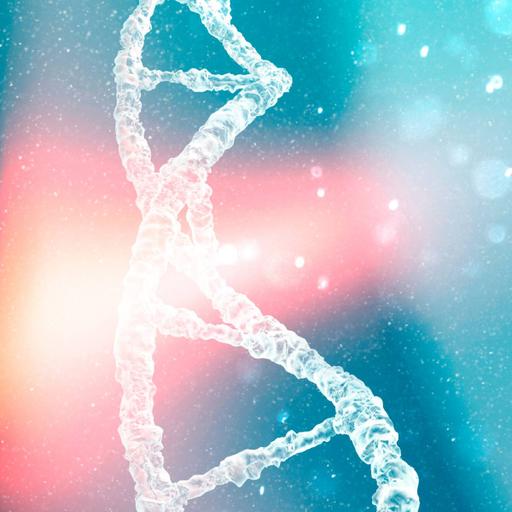Nucleotide Biosynthesis
Presentations | English
Nucleotide biosynthesis which usually involves both biosynthesis of purines and pyrimidines takes place inside the cell. The pathways for the biosynthesis are classified into two different types: de novo pathway and salvage pathway. In the de novo pathways; nucleotide bases are synthesized from some simple compounds. The basic framework structure of the pyrimidine base is synthesized first and then gets attached to the ribose sugar. However, the purine base’s framework structure is synthesized in parts directly on a ribose sugar-based structure. The Salvage pathway AKA recycle pathway used to recover bases and nucleosides formed during the degradation of RNA and DNA. Both the salvage and de novo pathways operate to synthesize ribonucleotides. All the deoxyribonucleotides are produced from their corresponding ribonucleotides. The deoxyribose sugars are produced by the process of reduction of the ribose sugar present in a fully formed nucleotide. Moreover, methyl group that differentiate the thymine from the uracil (present in DNA and RNA respectively) is introduced in the last step of pathway.

Free
PPTX (40 Slides)
Nucleotide Biosynthesis
Presentations | English
